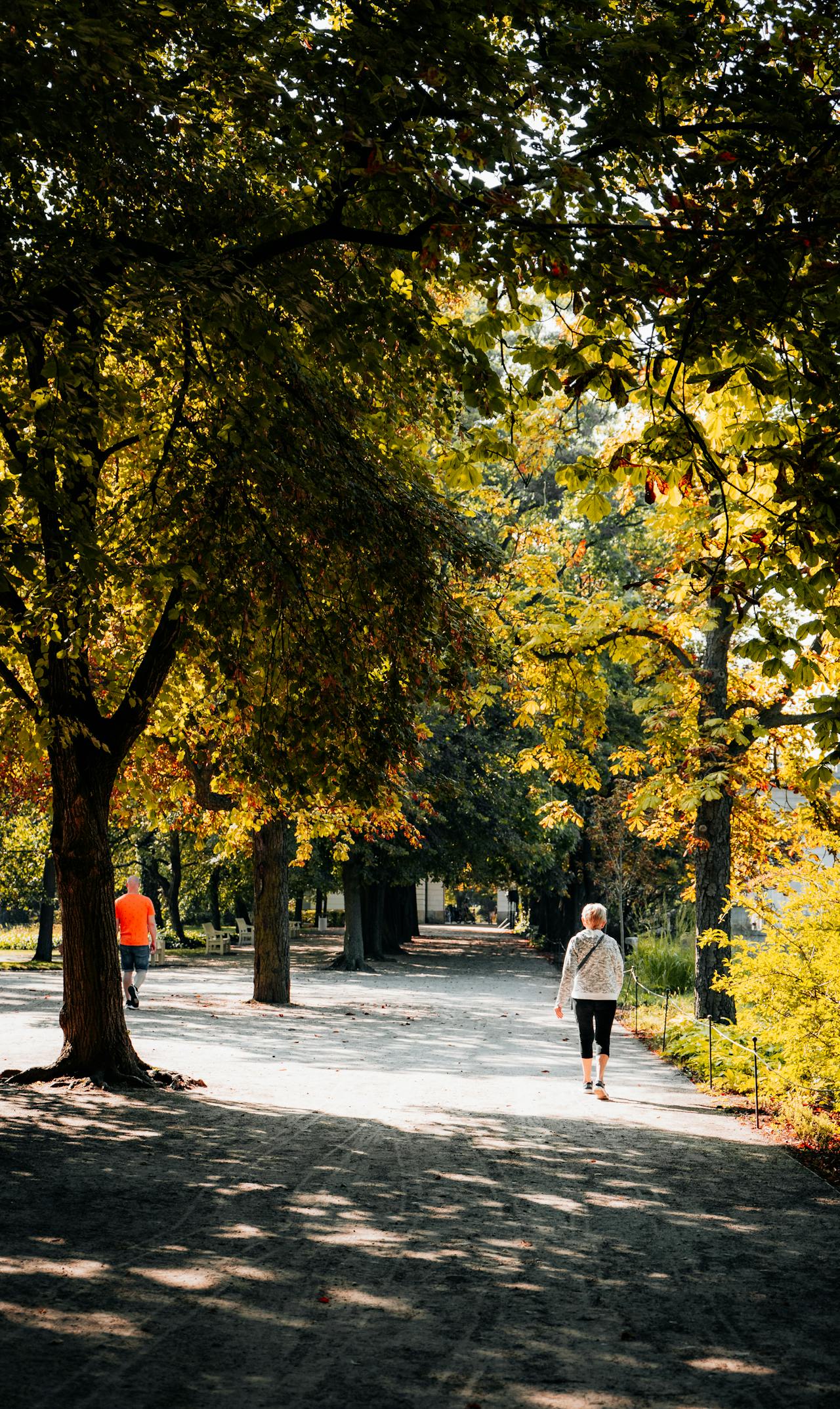By Rachel Buxton, Carleton University; Emma J. Hudgins, The University of Melbourne; Stephanie Prince Ware, L’Université d’Ottawa/University of Ottawa; The Conversation

Our research focuses on the importance of birds and trees in urban neighbourhoods in promoting mental well-being. (Pexels Photo)
More than five million Canadians — approximately one in eight of us — are living with a mood, anxiety or substance use disorder. The prevalence of mental disorders is on the rise, with a third of those with a disorder reporting unmet or partially met needs for mental health-care services.
The stresses of the city, where more than 70 per cent of Canadians now live, can increase the risk of poor mental health even further.
When most people think about caring for their mental health, they may think about getting more exercise, getting more sleep and making sure they’re eating healthy. Increasingly, research is showing that spending time in nature surrounded by plants and wildlife can also contribute to preventing and treating mental illness.
Our research focuses on the importance of birds and trees in urban neighbourhoods in promoting mental well-being. In our study, we combined more than a decade of health and ecological data across 36 Canadian cities and found a positive association between greater bird and tree diversity and self-rated mental health.
The well-being benefits of healthy ecosystems will probably not come as a great surprise to urban dwellers who relish days out in the park or hiking in a nearby nature reserve. Still, the findings of our study speak to the potential of a nature-based urbanism that promotes the health of its citizens.
Birds, trees and human connection
Across cultures and societies, people have strong connections with birds. The beauty of their bright song and colour have inspired art, music and poetry. Their contemporary cultural relevance has even earned them an affectionate, absurdist internet nickname: “birbs”.
There’s something magical about catching a glimpse of a bird and hearing birdsong. For many urbanites, birds are our daily connection to wildlife and a gateway to nature. In fact, even if we don’t realize it, humans and birds are intertwined. Birds provide us with many essential services — controlling insects, dispersing seeds and pollinating our crops.
People have similarly intimate connections with trees. The terms tree of life, family trees, even tree-hugger all demonstrate the central cultural importance trees have in many communities around the world. In cities, trees are a staple of efforts to bring beauty and tranquility.
When the Australian city of Melbourne gave urban trees email addresses for people to report problems, residents responded by writing thousands of love letters to their favourite trees. Forest bathing, a practice of being calm and quiet among trees, is a growing wellness trend.
Birds and trees as promoters of urban wellness
Contact with nature and greenspace have a suite of mental health benefits.
Natural spaces reduce stress and offer places for recreation and relaxation for urban dwellers, but natural diversity is key. A growing amount of research shows that the extent of these benefits may be related to the diversity of different natural features.
For example, in the United States, higher bird diversity is associated with lower hospitalizations for mood and anxiety disorders and longer life expectancy. In a European study, researchers found that bird diversity was as important for life satisfaction as income.
People’s connection to a greater diversity of birds and trees could be because we evolved to recognize that the presence of more species indicates a safer environment — one with more things to eat and more shelter. Biodiverse environments are also less work for the brain to interpret, allowing restoration of cognitive resources.
To explore the relationship between biodiversity and mental health in urban Canada, we brought together unique datasets. First, we collected bird data sourced from community scientists, where people logged their bird sightings on an app. We then compared this data with tree diversity data from national forest inventories.
Finally, we compared both of these data sets to a long-standing health survey that has interviewed approximately 65,000 Canadians each year for over two decades.
We found that living in a neighbourhood with higher than average bird diversity increased reporting of good mental health by about seven per cent. While living in a neighbourhood with higher than average tree diversity increased good mental health by about five per cent.
Importance of urban birds and trees
The results of our study, and those of others, show a connection between urban bird and tree diversity, healthy ecosystems and people’s mental well-being. This underscores the importance of urban biodiversity conservation as part of healthy living promotion.
Protecting wild areas in parks, planting pollinator gardens and reducing pesticide use could all be key strategies to protect urban wildlife and promote people’s well-being. Urban planners should take note.
We’re at a critical juncture: just as we are beginning to understand the well-being benefits of birds and trees, we’re losing species at a faster rate than ever before. It’s estimated that there are three billion fewer birds in North America compared to the 1970s and invasive pests will kill 1.4 million street trees over the next 30 years.
By promoting urban biodiversity, we can ensure a sustainable and healthy future for all species, including ourselves.![]()
Rachel Buxton, Assistant Professor, Department of Biology, Carleton University; Emma J. Hudgins, Lecturer, School of Agriculture, Food and Ecosystem Sciences, The University of Melbourne, and Stephanie Prince Ware, Senior Research Scientist, Public Health Agency of Canada and Adjunct professor, L’Université d’Ottawa/University of Ottawa
This article is republished from The Conversation under a Creative Commons license. Read the original article.





















